Living in a Tiny House in California is getting easier all the time. The Santa Cruz County Board of Supervisors recently voted 5-0 in favor of ordinances to legalize movable tiny homes, ADUs, Single-Family Lots, Home Villages/Planned Unit Developments (PUDs), and Accessory Dwelling Units (ADUs).
Dan Fitzpatrick, is President of the Tiny House Industry Association (THIA) and has been working with newly elected Supervisor Manu Koenig on this effort towards making Tiny Houses legal.
“Supervisor Koenig, yesterday, did a masterful presentation in support of movable Tiny Homes and we are ecstatic to learn of the unanimous support from the Board. We will,” continued Fitzpatrick, “be working with county staff in the development and processing of these ordinance amendments.”
This would put Santa Cruz in ranks with other Tiny House friendly cities in California such as Fresno, San Luis Obispo, Los Angeles, San Diego, San Jose, and California City.
Why aren’t movable Tiny Houses legal in more cities?
There are a few reasons why you can’t park and live in a Tiny House in many cities, probably the most prevalent among those reasons is aesthetics. Lots of people may want to put a Tiny House or THOW in a laneway as a secondary dwelling and plug it into a main house, but not many neighbors would be keen on looking at that all the time. So we suggest, before rushing out and looking at Tiny Houses for sale in your area if needing a home, that you make sure to learn about the zoning laws for tiny homes in your residential area.
This is not a new thing, there have long been regulations preventing long-term use of RVs in laneways as
accessory dwelling units, perhaps if they were all as good looking as the Noyer THOW from Minimaliste Inc. featured on our cover photo, neighbors wouldn't mind as much!
Coach houses, granny suites and Tiny Houses being legalized
As some cities take steps towards their own climate change mitigation goals, and often just improving quality of life in general and good sense, many city cores are making infrastructure changes and enacting urban densification programs to make cities more livable.
One of the early adopters was the city of Vancouver, Canada where, under the leadership of Mayor Gregor Robertson, they set the goal of making Vancouver the worlds greenest city by 2020.
Such a grand claim is no more easy to qualify than judging a ‘world's best cup of coffee’ contest, but even just making the statement and then actually taking steps to achieve it is a bold and influential move. But to that end, the city did push through a program related to the legalizing of Tiny Houses in California, which is the Vancouver laneway house movement where fully autonomous Tiny Homes and coach houses are being built in backyards.

Why do we need urban densification?
Allowing Tiny Houses and other Accessory Dwelling Units to be built on sizeable downtown lots is one of the best ways to protect city greenbelts.
Creating more homes inside city limits and in downtown cores is probably the most eco friendly home lifestyle you can have, because you will make use of infrastructure such as existing roads, sewers, public transportation, bike lanes etc. It also makes for a much easier transition to a car-free life if you are in the heart of the city and can access buses, bike lanes and even have proximity to services so you can travel on foot.
One of the results of 2020; A renewed interest in multigenerational homes
With everything that's been happening over the last year, there's also a renewed interest in multigenerational homes, with traditional established neighbourhood areas around Montreal like Ste Catherine's recently promoting the construction of ADUs to encourage urban densification, allowing families with older children or parents to live in the same Covid bubble, or for people to invest in building an ADU as an important source of passive income in uncertain times.
Are Tiny Houses eco friendly?
Well, brace yourself for a yes and no answer. Small homes use less materials and energy than large homes, but only if they stay still. The biggest problem with Tiny Houses in our opinion are the wheels, for a few reasons – you need to tow them around, and bouncing a house down a highway is not the best way to make it last a long time. Read more here – Are Tiny Houses good for the environment? We know quite well that we risk a backlash from Tiny House readers, but you should always look at the flip side of anything before making a judgement : )
In the absence of wheels, a Tiny House is for the most part a good idea if it is built well. If you are hell-bent on having a house on wheels, at least do it properly by knowing the pitfalls. Read here about How to build the best Tiny House for cold climates. If you happen to be one of those lucky Californians enjoying your Tiny House in balmy Santa Cruz, check that page out anyway; many of the building techniques are relevant for all climates.

Where are Tiny Houses Legal?
As we’ve seen in California, many cities are making allowances for Tiny Houses and other ADUs, but if were we to compile a list of cities where Tiny Houses are legal, it would be out of date before we finished it. The best bet is simply to check with your local municipal government to find what restrictions are put on Tiny House living, and even how to store a Tiny House in the city.
Not only are you not allowed to live in them everywhere, in many places you won’t even be allowed to park it in your laneway. These are the reasons that we are very encouraged to see so many cities moving towards allowing Tiny Houses, so a tip of the hat from the Ecohome Network to the city councillors of Santa Cruz!
Now you know more about where you can live in a Tiny Home on wheels. Find more pages about Tiny Houses and resilient green building techniques here :
Find more about green home construction in the Ecohome Green Building Guide or to learn more about the benefits of a free Ecohome Network Membership, see here. |


























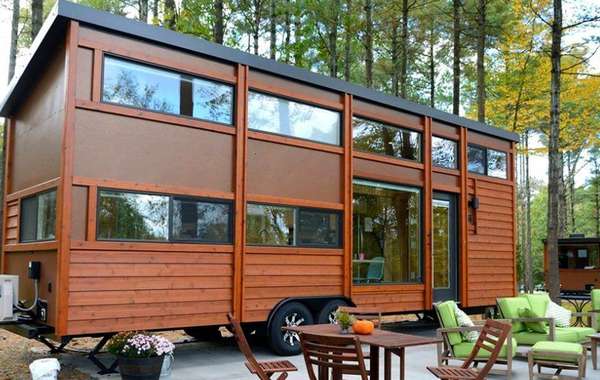
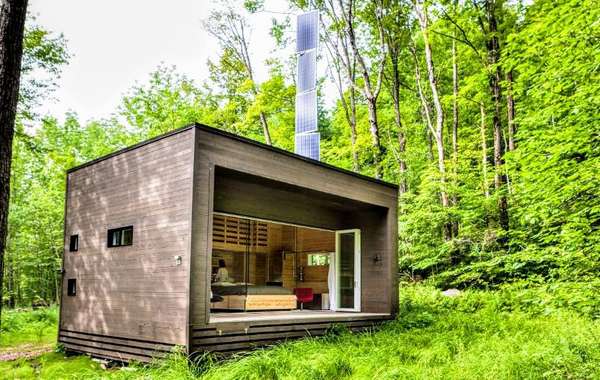
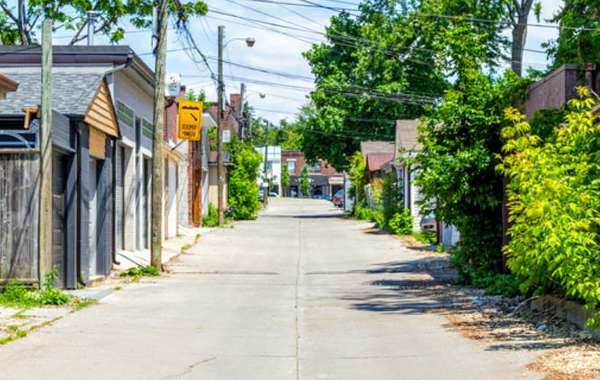
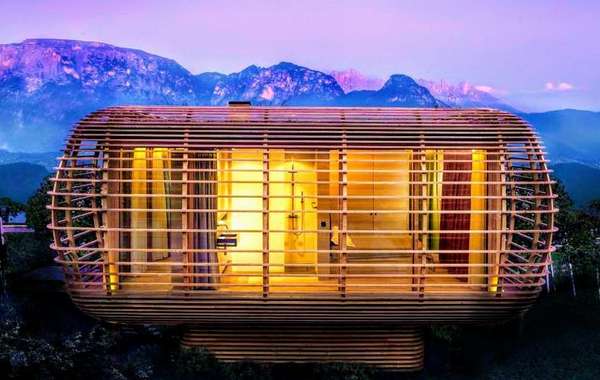

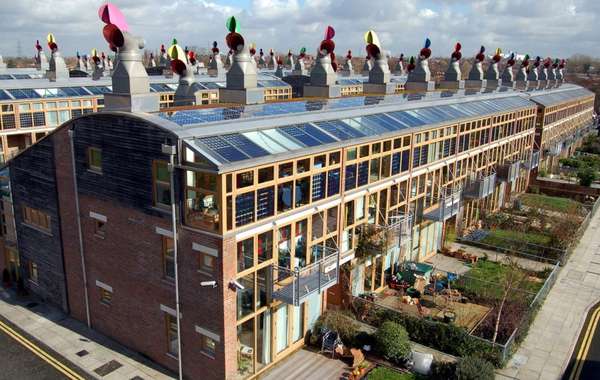
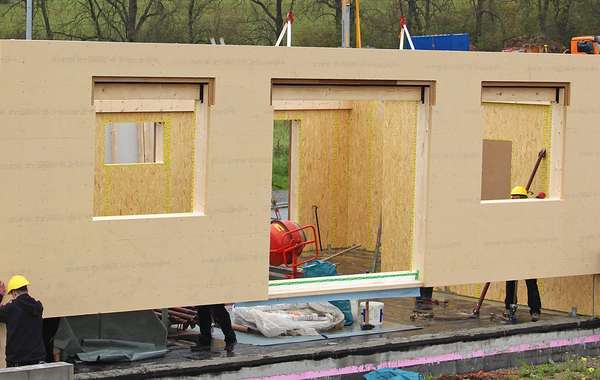
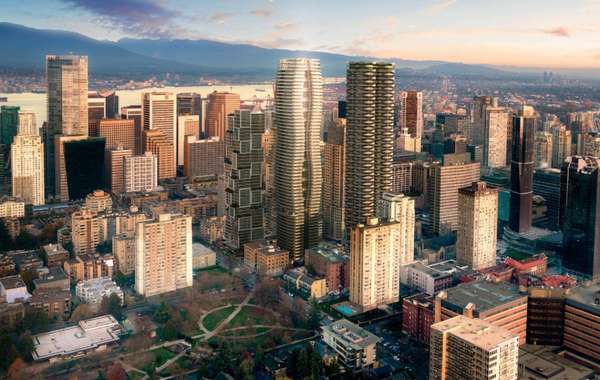
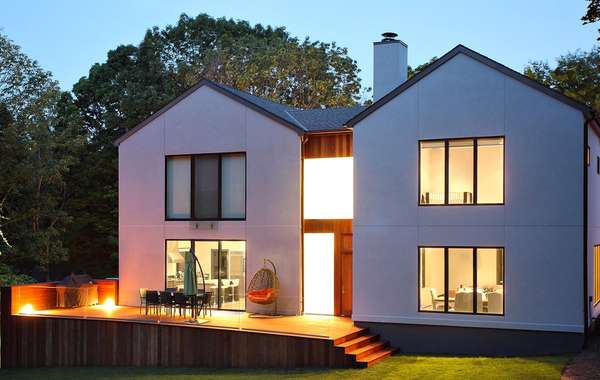
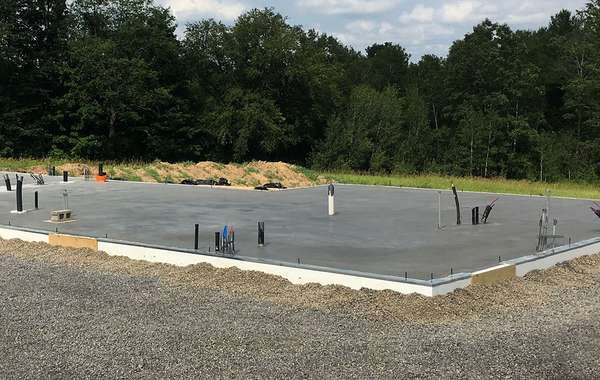
Comments (0)
Sign Up to Comment